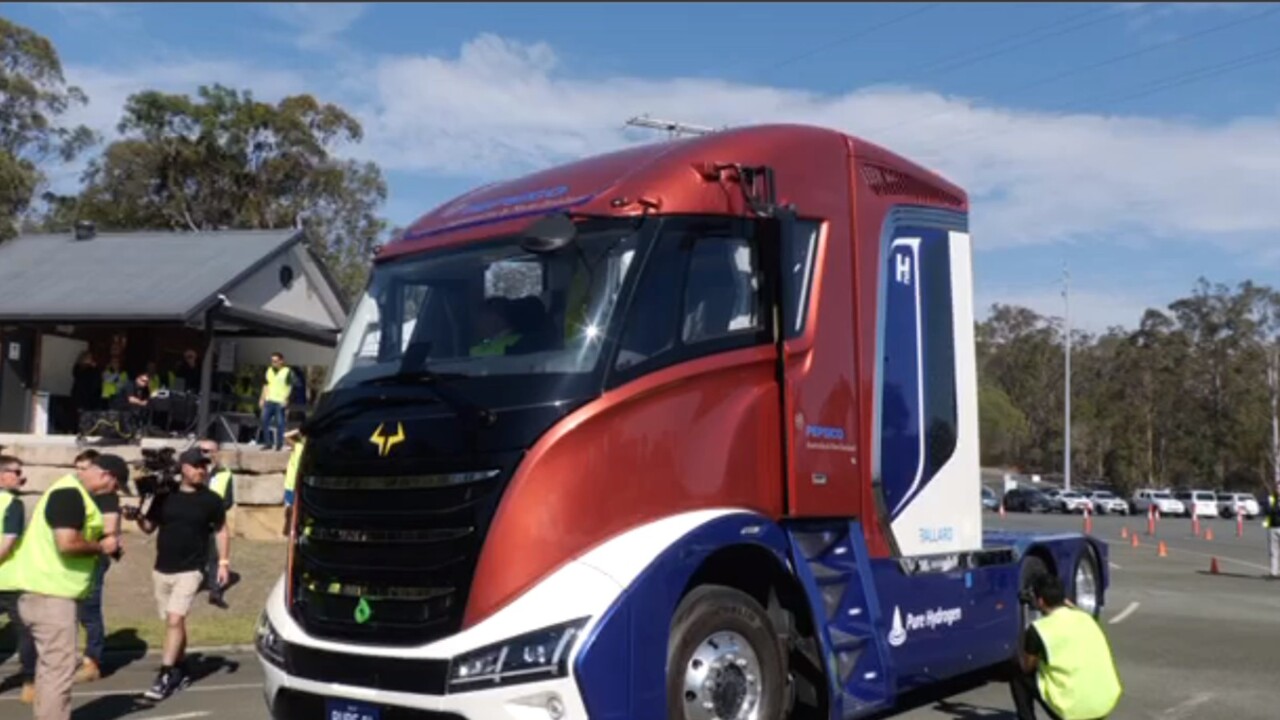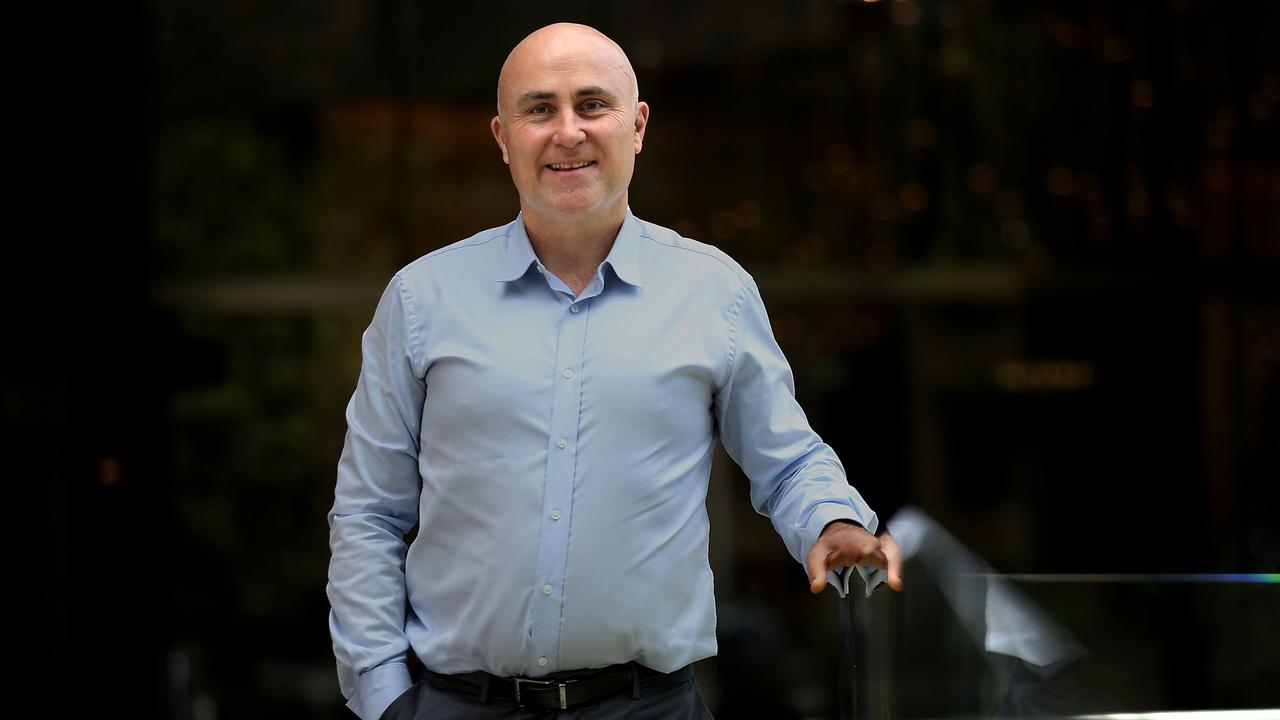Large-scale hydrogen projects in line for Labor’s $2bn seed fund
The government’s plan to spend billions creating a new energy industry faces criticism as stringent rules for what projects are eligible for cash is revealed.

The federal Labor government has proposed limiting its $2bn fund to only large-scale hydrogen projects that use renewable energy to power electrolysers, as Australia looks to kickstart an industry that has split expert opinion.
Labor in its May budget said it would allocate $2bn in funding to aid the development of an hydrogen industry amid calls that Australia risks losing out to the United States which had dangled large sweeteners to the energy source.
Unveiling for the first time its proposed merit criteria, federal Energy Minister Chris Bowen floated limiting the funding pool to projects over 50MW in size and powered only by renewable energy.
The stringent requirements will be a boost for notable proponents such as Andrew Forrest, but will stoke criticism that public funds are being used to develop projects that already have significant access to capital.
Mr Bowen said targeting investment would bolster the local market and allow Australia to better compete with other countries.
“A renewable hydrogen industry in Australia will ensure we are in the race to become a global energy powerhouse, ensuring Australia’s regions continue to power Australia and the world for decades to come” Mr Bowen said.
“The $2bn Hydrogen Headstart program puts Australia on course for up to a 1000 megawatts of electrolyser capacity by 2030. This will be a major step up for Australia’s industry. The largest electrolyser projects that have reached final investment decision so far are at 1 to 10 megawatts in scale.”
By targeting 1000MW of electrolyser capacity for hydrogen production targeted for 2030, Labor is targeting about 100 times the capacity that is running or under construction in Australia.

While $2bn is a relatively small investment from the government, there remains significant scepticism about the prospects of hydrogen to replace fossil fuels.
Producing hydrogen is relatively easy, using an electrolyser to split water into its core elements of hydrogen and oxygen. But the process requires significant amounts of energy to produce hydrogen — and if Australia is to use renewable energy to power the process, there will need to be a significant expansion of the country’s zero emission generation capacity.
Only then is hydrogen likely to be commercially viable, with experts highlighting a need to get hydrogen production down to $2 a kilogram. Despite recent investment, the cost of producing hydrogen remains many multiples higher than $2 a kilogram.
Should Australia see such a rapid rise of renewable energy, influential figures such as Elon Musk and Saul Griffith say Canberra would simply electrify nearly everything.
Using fossil fuels to power the electrolysis and then using carbon capture and storage to mitigate the emissions is a possible solution, but opponents insist that would extend the lifespan of coal and gas when many are calling for a quick eradication of their use.
Still, there is likely to be a role for hydrogen as many hard to abate industries struggle to electrify.
The International Renewable Energy Agency forecasts hydrogen will go from accounting for only 0.1 per cent of the world’s energy use to as much as 12 per cent by 2050.
Mr Bowen also asked for consultation on a new hydrogen strategy, which he said needed to be fit-for-purpose and help Australia adapt to the increasingly competitive investment environment for hydrogen.
Australia has fallen behind other countries, primarily the United States, which has seen a number of developers allocate capital to Washington in response to sweeteners.
“Australia is well on track to build an innovative hydrogen industry that will bring immense economic opportunities across the country, especially in the regions that have always powered Australia” Mr Bowen said.
“We have up to $300bn of potential renewable hydrogen investments in the pipeline, the largest in the world – but we face huge competition from other countries to create the environment to get these announcements to final investment decisions.”
While offering support to the hydrogen industry, Labor has been relatively lukewarm to the energy source in comparison to the previous Coalition government.
Former Prime Minister Scott Morrison’s government had been a vocal supporter of so-called blue hydrogen, which uses gas to power the electrolysers, and offered significant capital to support carbon capture and storage projects in order to demonstrate the viability of hydrogen.
More Coverage
Originally published as Large-scale hydrogen projects in line for Labor’s $2bn seed fund





